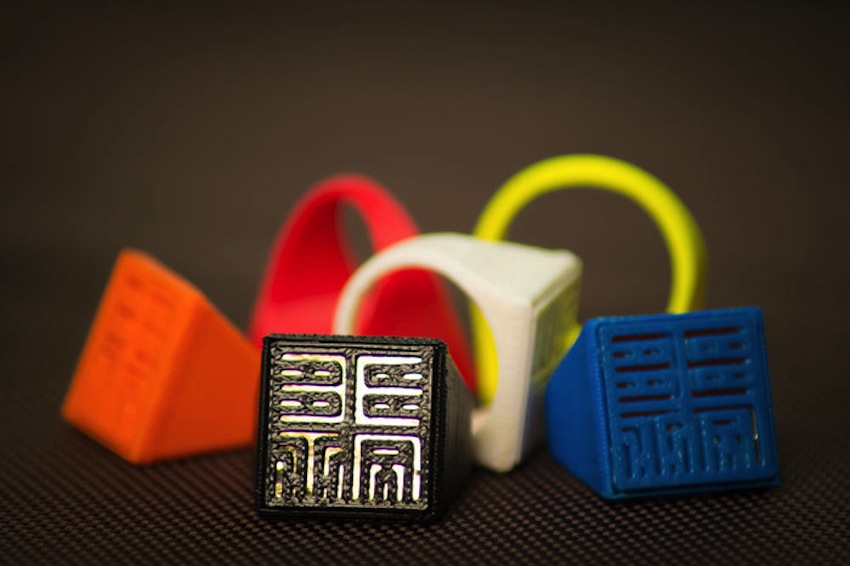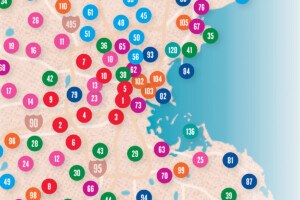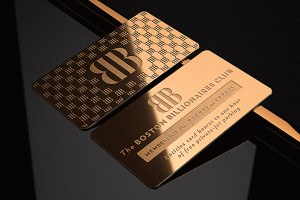A Charlie Card That You Wear On Your Finger
Two MIT students studying engineering and design want to make it easier—and more fashionable—for passengers using the MBTA to get into stations and onto buses.
Through a Kickstarter.com campaign, the creators of the “Sesame Ring,” which lets riders tap their way through T gates using a ring on their finger, engineers behind the project are hoping to raise enough money to get the concept out to the masses. “Having missed the train many times while fishing for our Charlie Cards…we looked for a solution in wearable technology. After months of hard work, we created the 3D-printed [ring], ” the group said on their Kickstarter page.
The water-proof rings slide right on a passengers finger, and like Charlie Cards, can be recharged at designated kiosks in various train stations. “Most of the work developing the product has already been done. After rolling out the campaign, we only need to confirm orders and get started on manufacturing,” the creators of the Sesame Ring said.
The ring concept received the T’s blessing, as well. “The arrangement is similar to the Cambridge Innovation Center, where cards are purchased from the card manufacturing company that also does the encoding. These students then cut the chip out and put it into the jewelry. We have met with them and look forward to seeing their work develop,” said Kelly Smith, an MBTA spokesperson.
The project began in January of this year, as a weekend hack, and by December, the team hopes to have the project complete and the rings shipped out to those who back them with funds on Kickstarter by Christmas. Once they had the prototype developed—after finagling with the RFID tag, the device inside Charlie Cards—they spent time refining the concept, elements of the design, and user-friendliness in terms of its over-all functionality.
Using 3-D printing, they ran a beta test at a school in Singapore, affiliated with MIT.
According to the Sesame Ring project creators:
The university ordered 300-plus rings as an inauguration present for incoming freshmen. Marked with the university logo, the rings were used to access laboratories, lecture halls, classrooms, and other campus and hostel facilities. Through this beta run, we acquired user feedback and were able to improve the ring by making it sleeker, lighter and waterproof
With the blessing of the MBTA, who supplied the students with the necessary materials for the Kickstarter project, they claim, in June the team turned their attention to developing the ring to access transportation locations.
The goal in the end is to go beyond the MBTA passes, and start replacing smart cards altogether they said.
But for now, the trains stations are the main focus.
By July, a definitive assembly process, together with a Bill of Materials, was developed to meet the manufacturer’s standards. “It gave us a clear plan on the manufacturing process, and allowed for quotes to be be provided to us. Eleven rings were distributed to wearable technologists in Boston, so as to gain more feedback on the usability of the Sesame Ring,” according to the team. “We also worked with designers to brainstorm various designs for the Sesame Ring. In the end, we settled on our own specially designed font that not only allows the customization of the ring, but also allows for optimal RF permeability.”
The rings, which can be ordered through the Kickstarter campaign, will come in various colors, and can be designed to a buyer’s liking. “Ultimately, we want to bring our rings to the rest of the world. Help us make this dream come true,” the team said on their fundraising page. They are hoping to raise $5,000 for the overall project.



